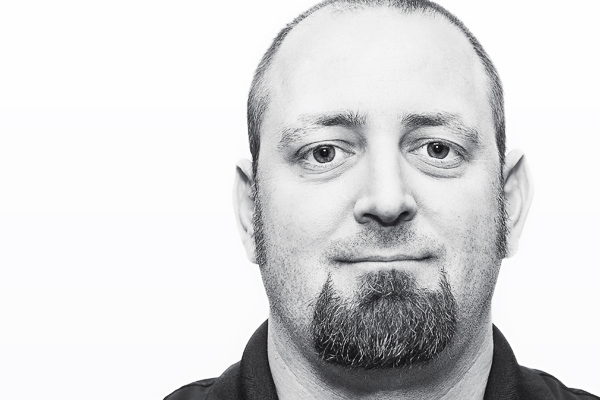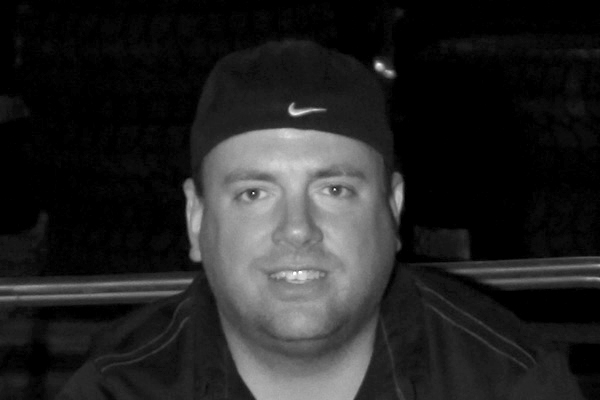
 Pete Trasborg
Brand Manager, Jp
Pete Trasborg
Brand Manager, Jp
Looking back at it now, it seems inconceivable that we began this swap three years ago. You first saw it in “Jeep Full Size Axle Swap,” (May ’09). We told you then that we were swapping a Dana 60, Dana 70, and NP205 for a Dana 60, Dana 70, and NP205. We also worked the math and figured out how to run HMMWV tires and wheels under our M-715. The plan was to just do it at home, but we finally realized a driveway with a big incline, crawling on our backs, and huge parts didn’t mix. So, we took the truck and parts to Higher Ground 4x4 and Fabrication to get some help and we got the front axle put in it for the feature “Mix and Match 1-Ton Axles,” (Apr. ’12).

Swapping axles is never an easy undertaking, and this particular swap was more difficult than most due to our rag-tag parts selection. We took the project to Off Road Evolution in Fullerton, California,for the final chapter of the swap. The crew there helped us put our drawn-out, three-year project to bed in about three days, and we picked up a few more pointers on axle swaps along the way.
PhotosView Slideshow









